“I love nature photos of different species showing their living style in their natural habitat and natural conditions. To see and show it to others, it often needs pretty close wide angle shots. As photography is all about light, light is a key factor for those shots as well. Also technically, as most of the predator’s activity is taking part in dark or totally dark conditions. It is pretty difficult to make such photos, especially of the species who are not very common and are very careful, like the wolves. In Estonia (Europe) there are around 200-300 wolves. Around 100-130 of them are hunted annually.
In my surroundings, the wolf (Canis lupus) is the most intelligent animal, with extremely well developed senses. They also learned to read and understand human activities and who always has situations under his control. All that makes photographing them a great challenge. I am the happy one, I have seen them.
As I have been looking around for a few years in that area, I knew that the year before, the wolf’s litter was nearby. I started to look for possible bottlenecks on their routes and discovered this small ditch with several beaver dams and a beaver lodge. The beaver is also on the wolf’s menu… I took the chance and installed a camera trap with flashes on the beaverdam.
In about 6-7 months, I got lucky, by getting this picture. Actually this young wolf photographed herself, letting me have a recording. The photo is taken in the eastern part of the Estonian forest area in September around 4am. This photo shows well how relaxed the wolf is, even while jogging on the beaver’s dam in absolute darkness. She probably did not find any beaver around, so she returned the same way back in about 7-8 minutes.
Using a camera trap – you are principally trying to create in your mind all the possible situations, variations and making the compromise to find a suitable site. Choosing focus point, lighting options, settings etcetera in manual mode and hoping something similar to happen. The forest is gracious…”

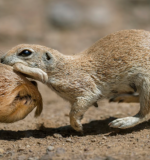
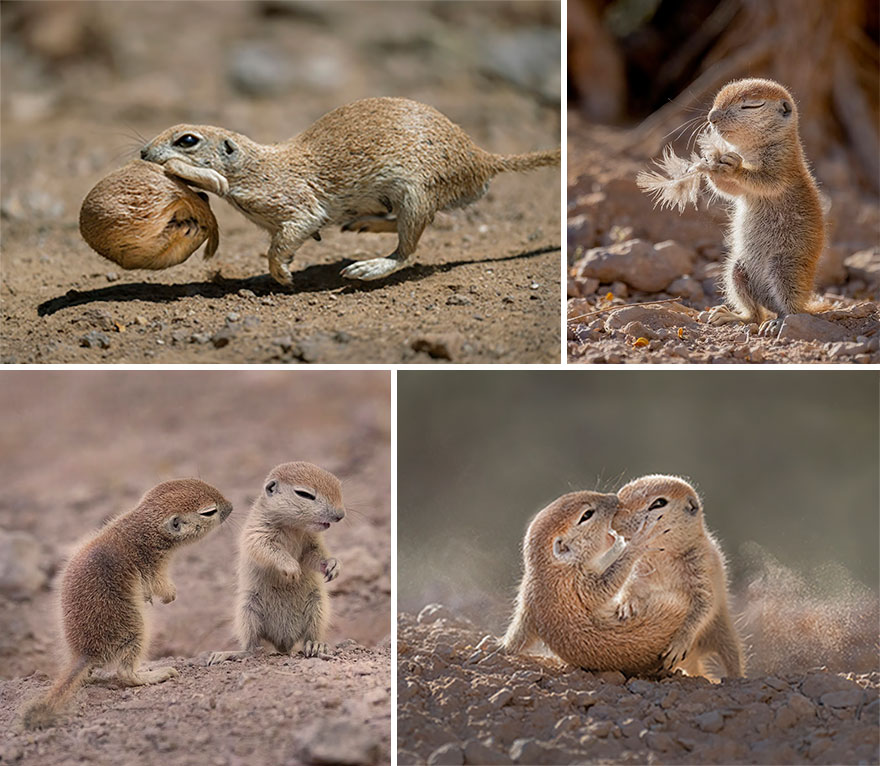
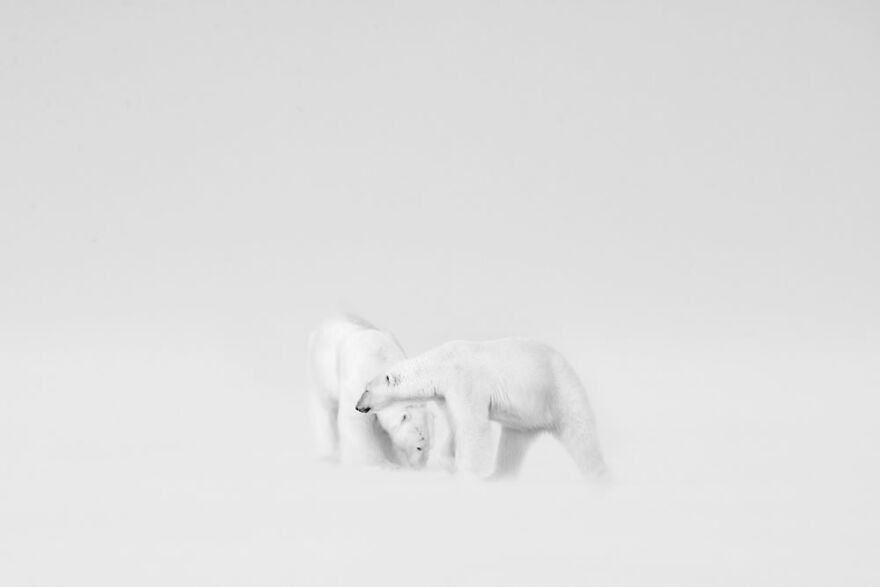
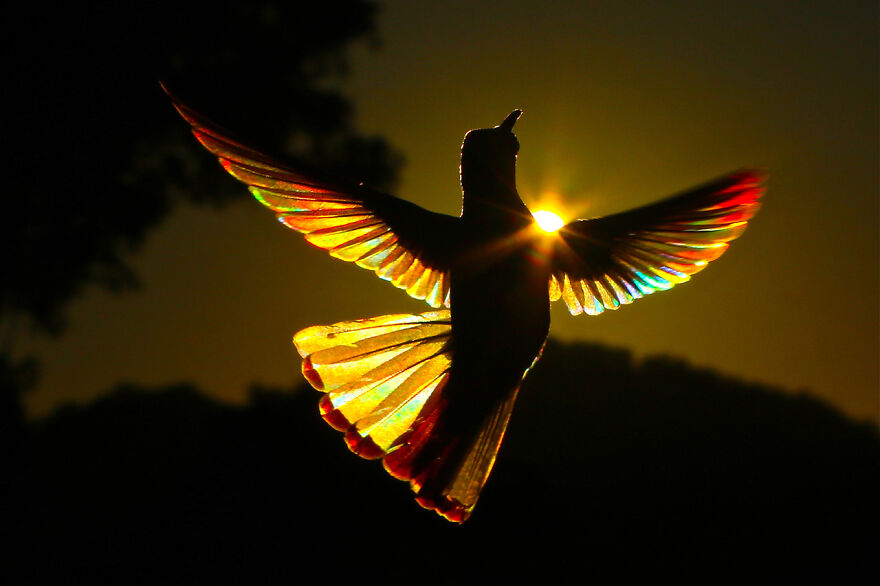
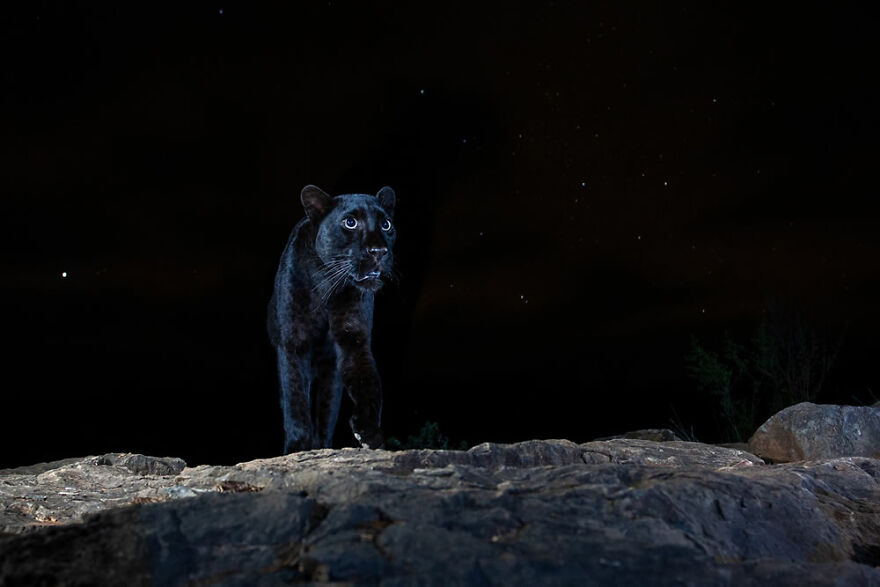
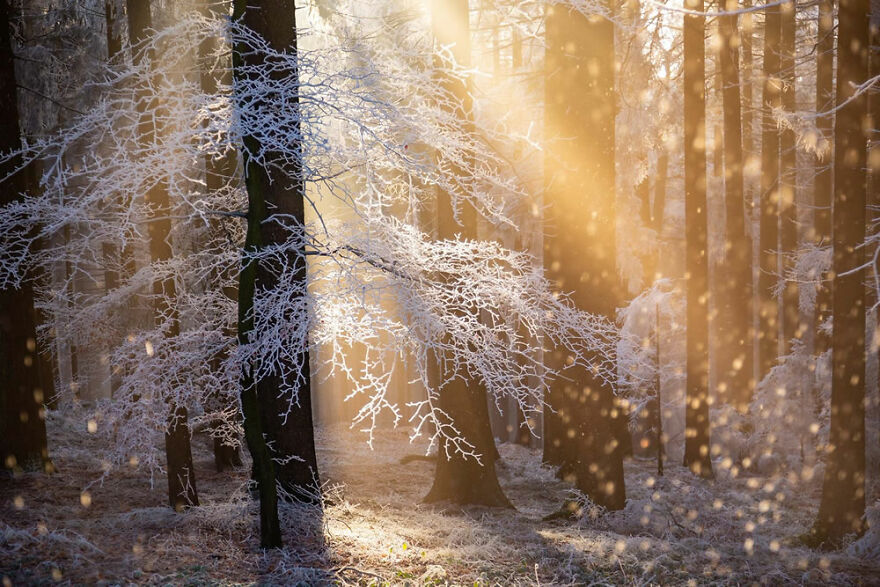
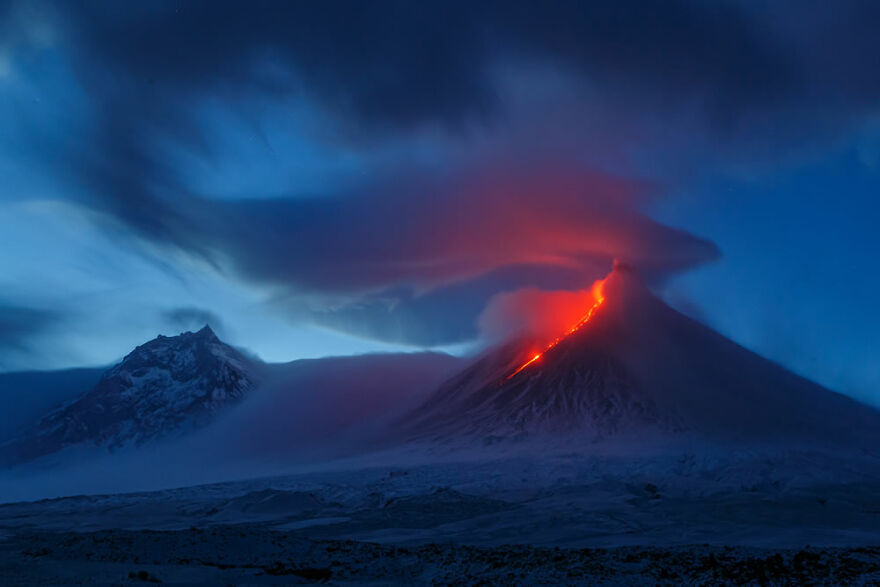
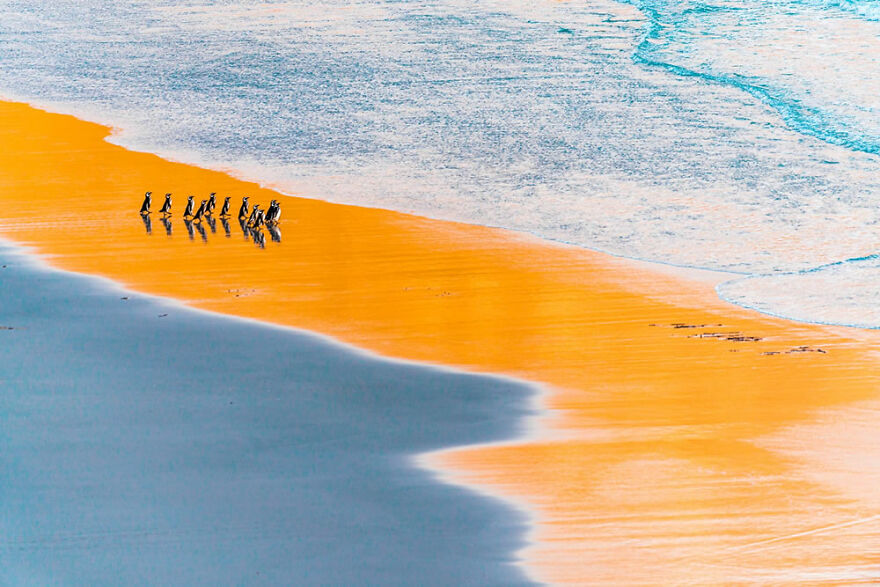
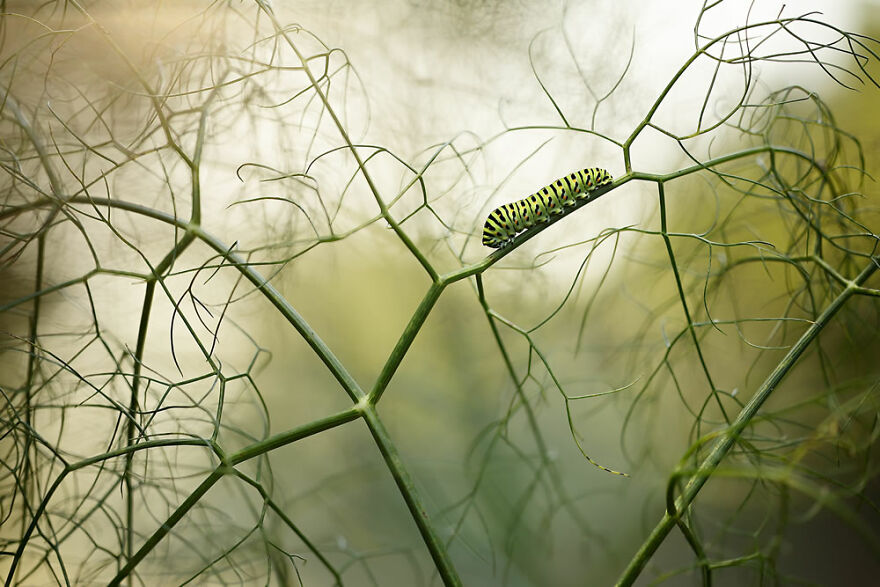
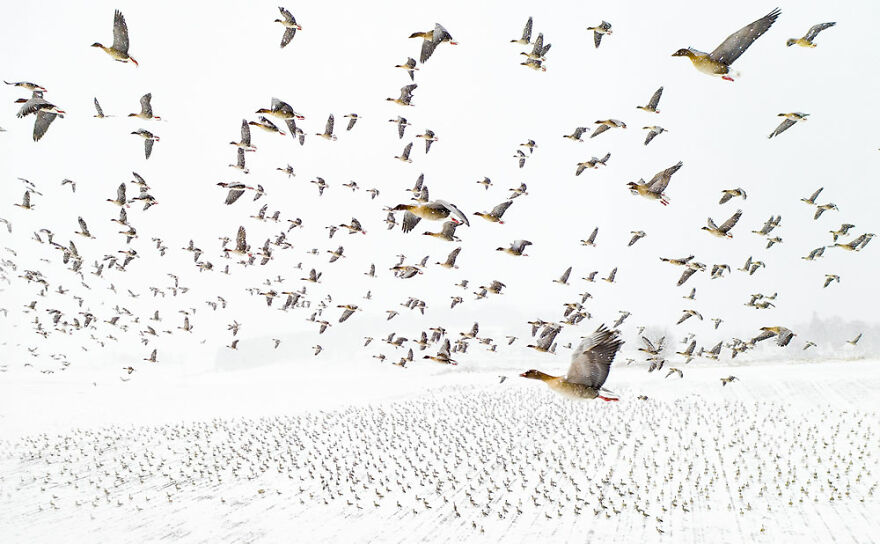
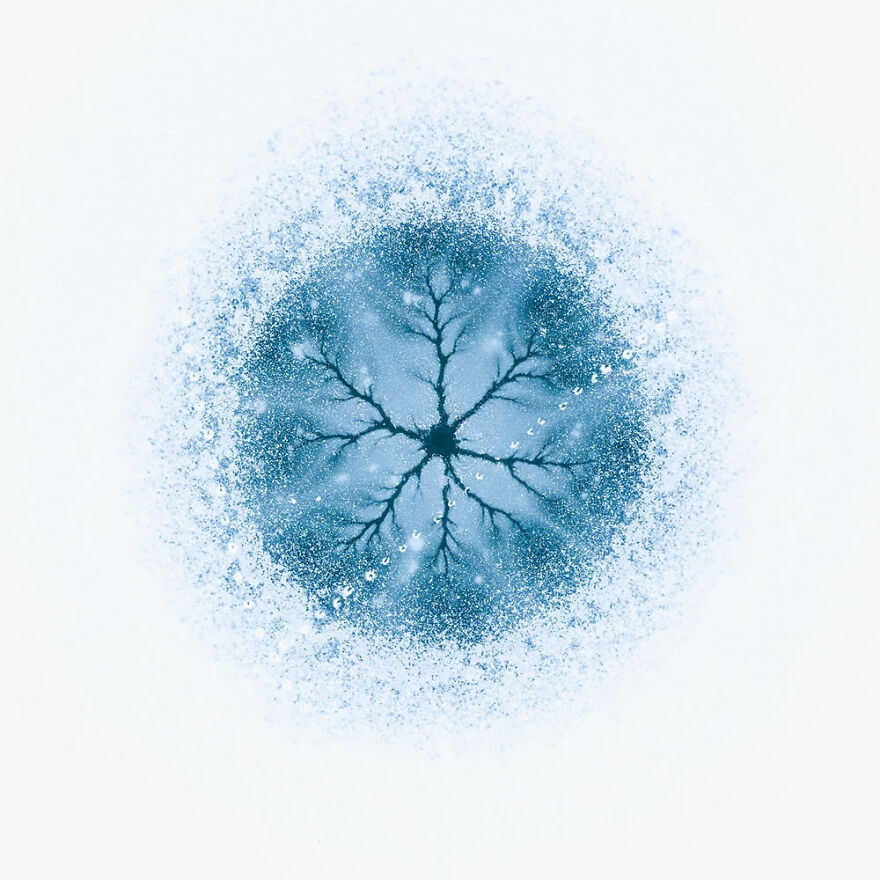
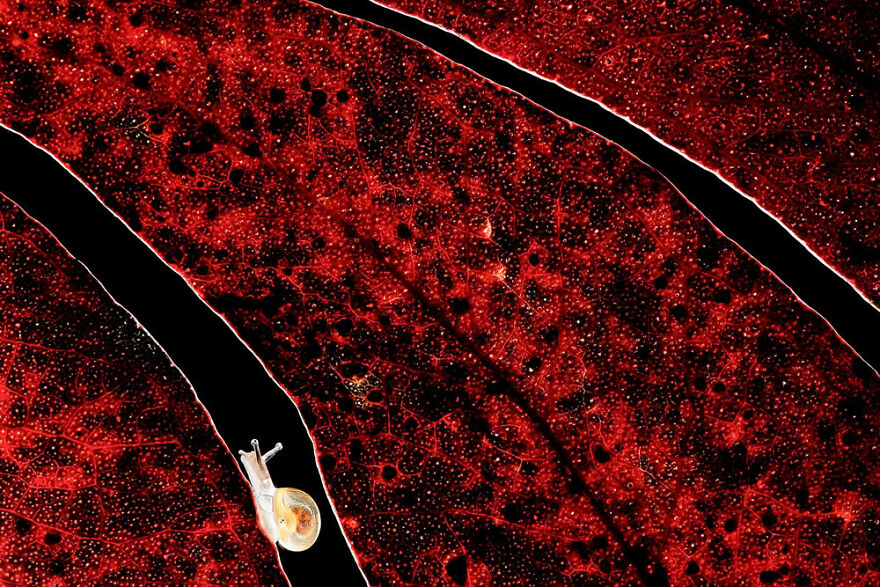
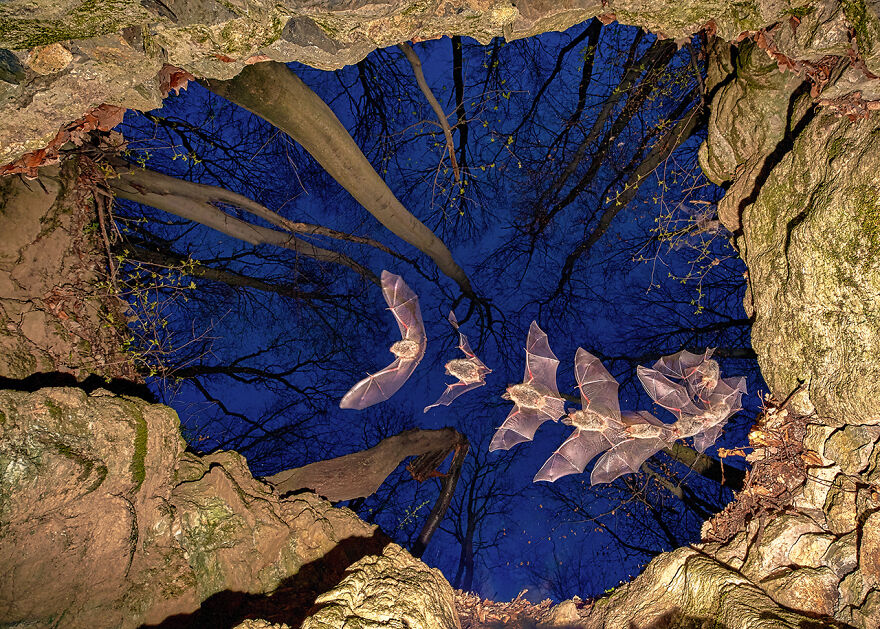
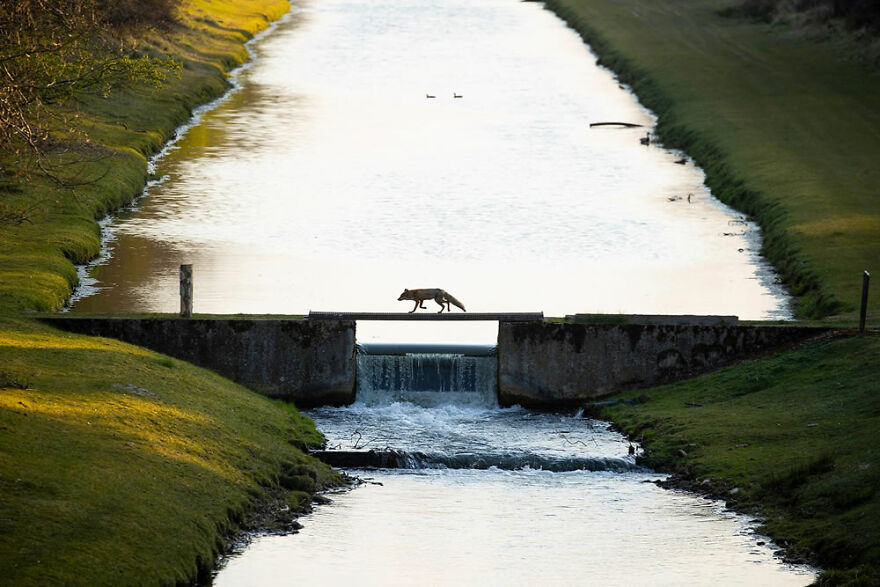
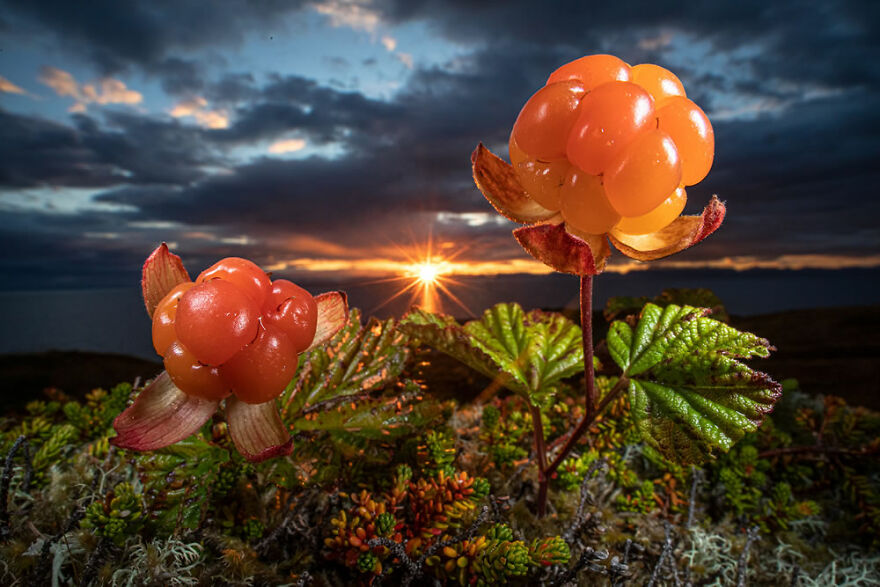
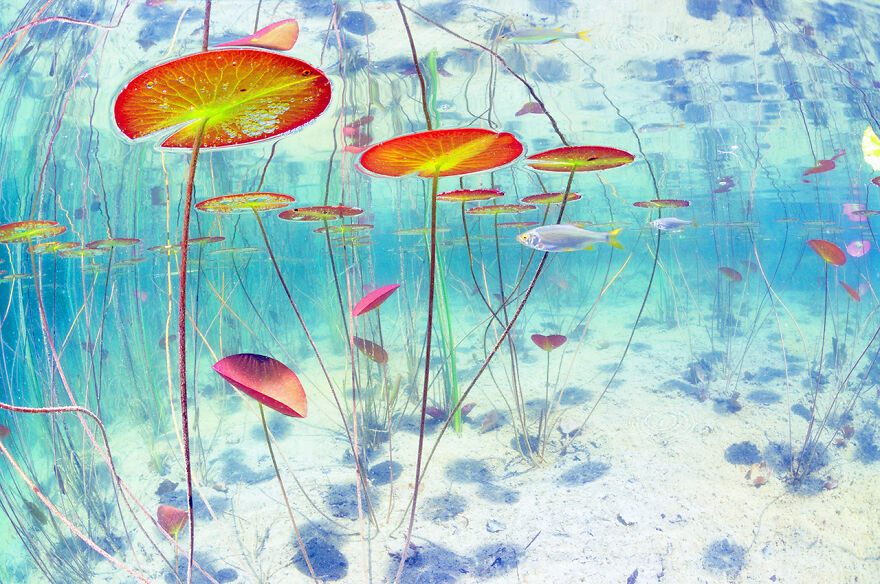
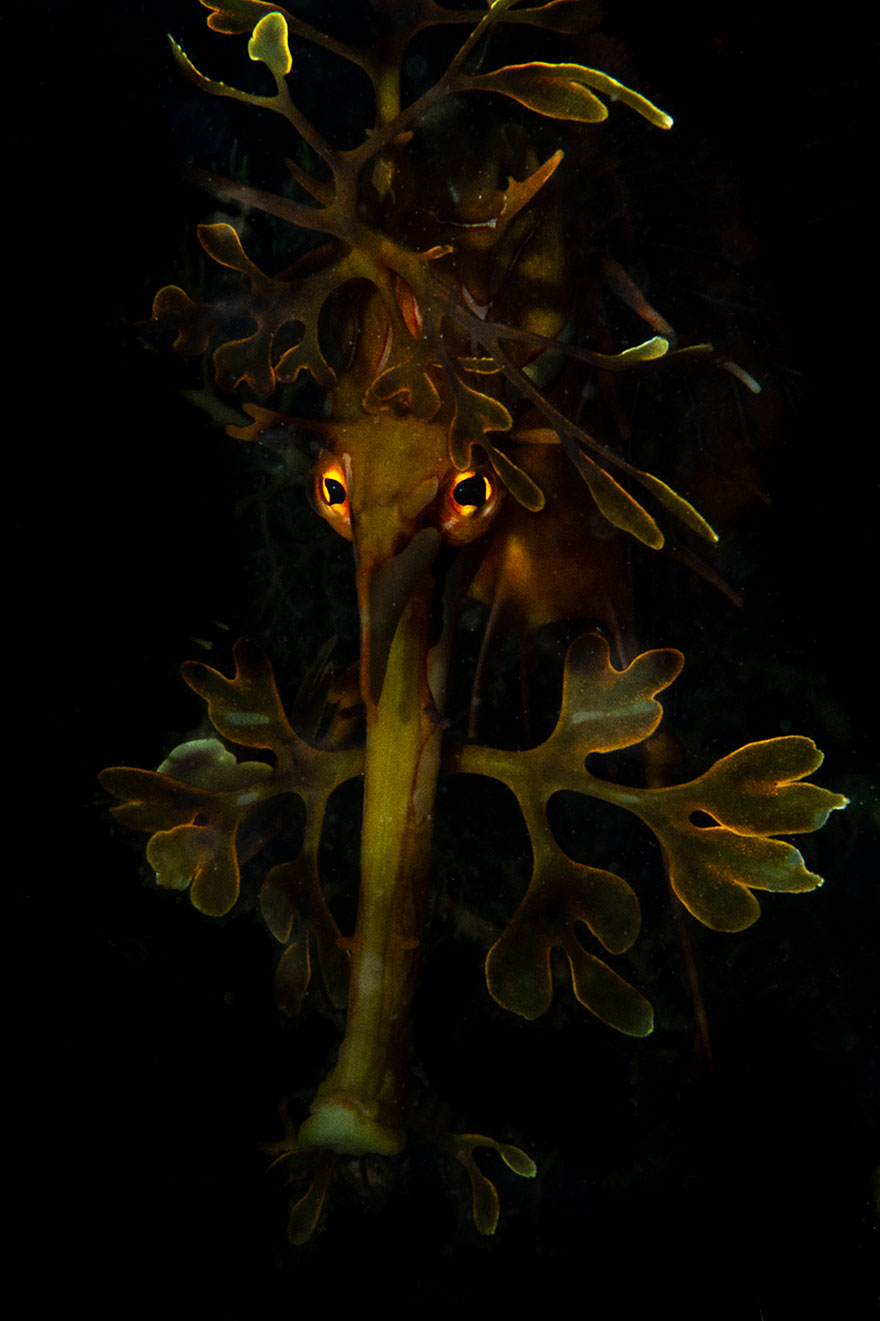
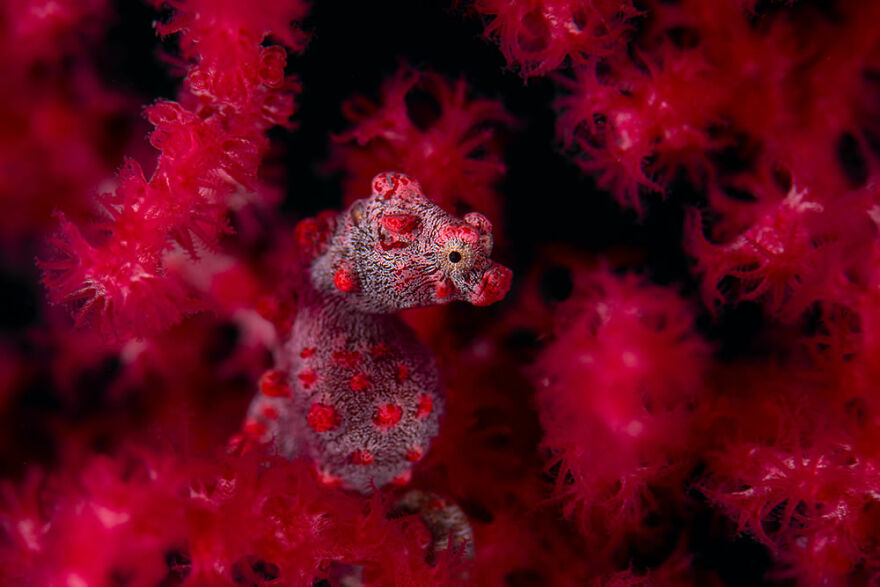
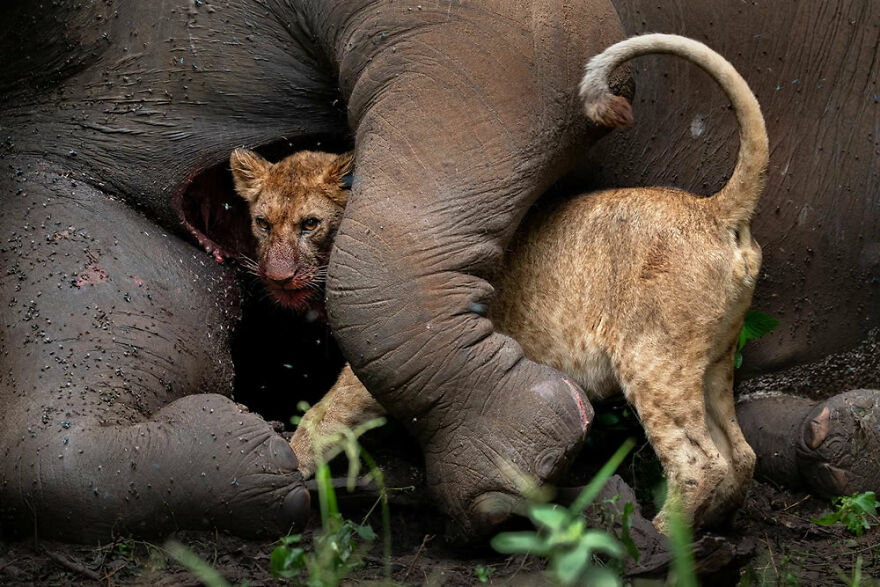
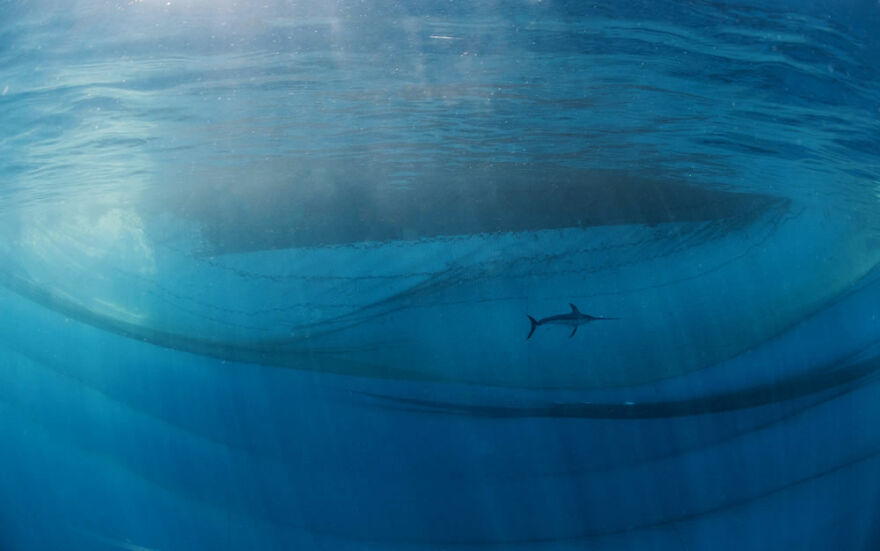
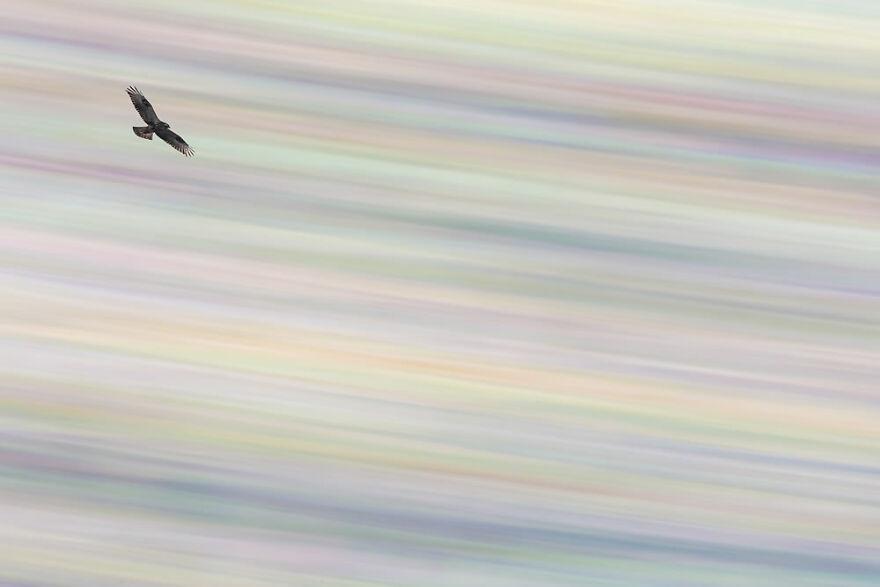
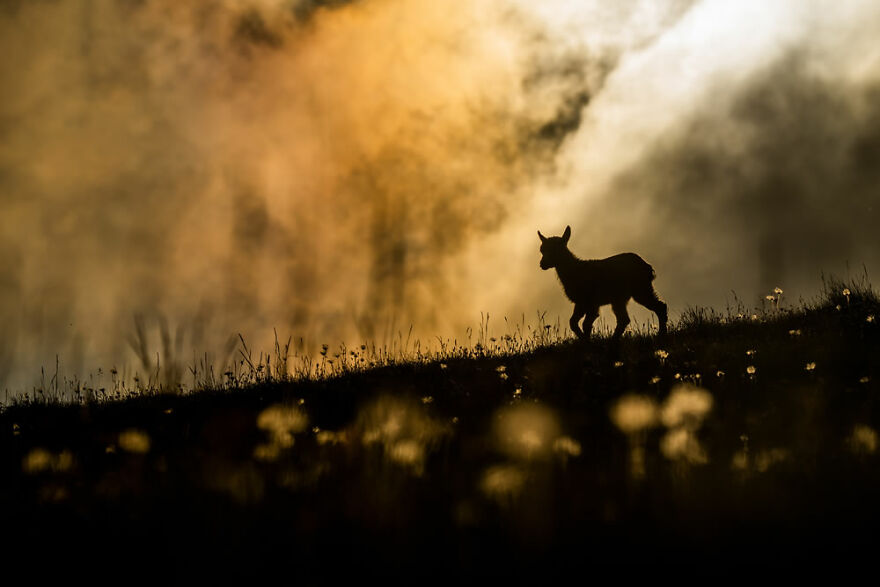
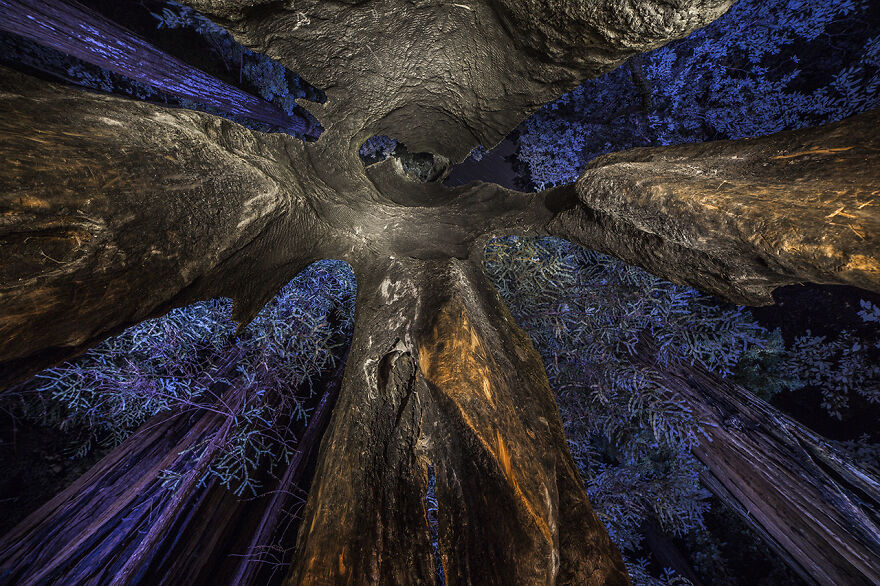
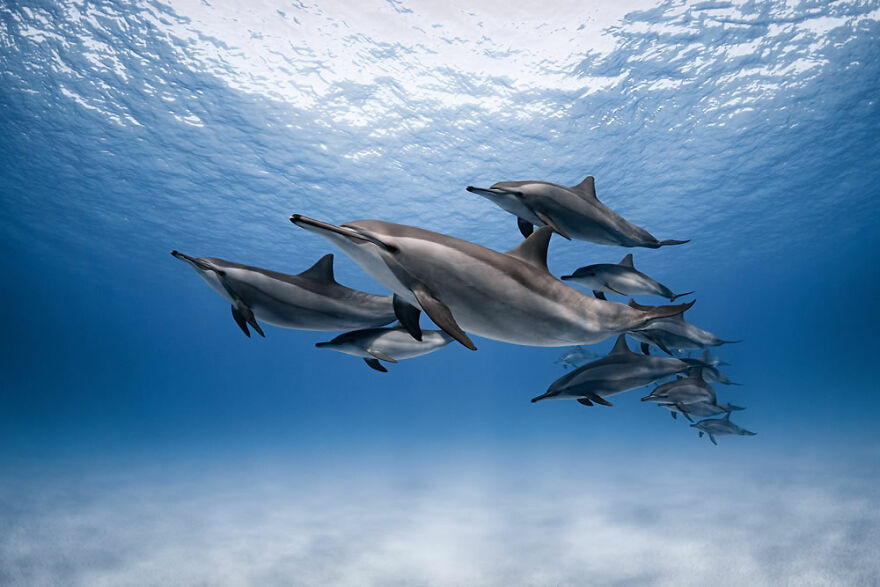
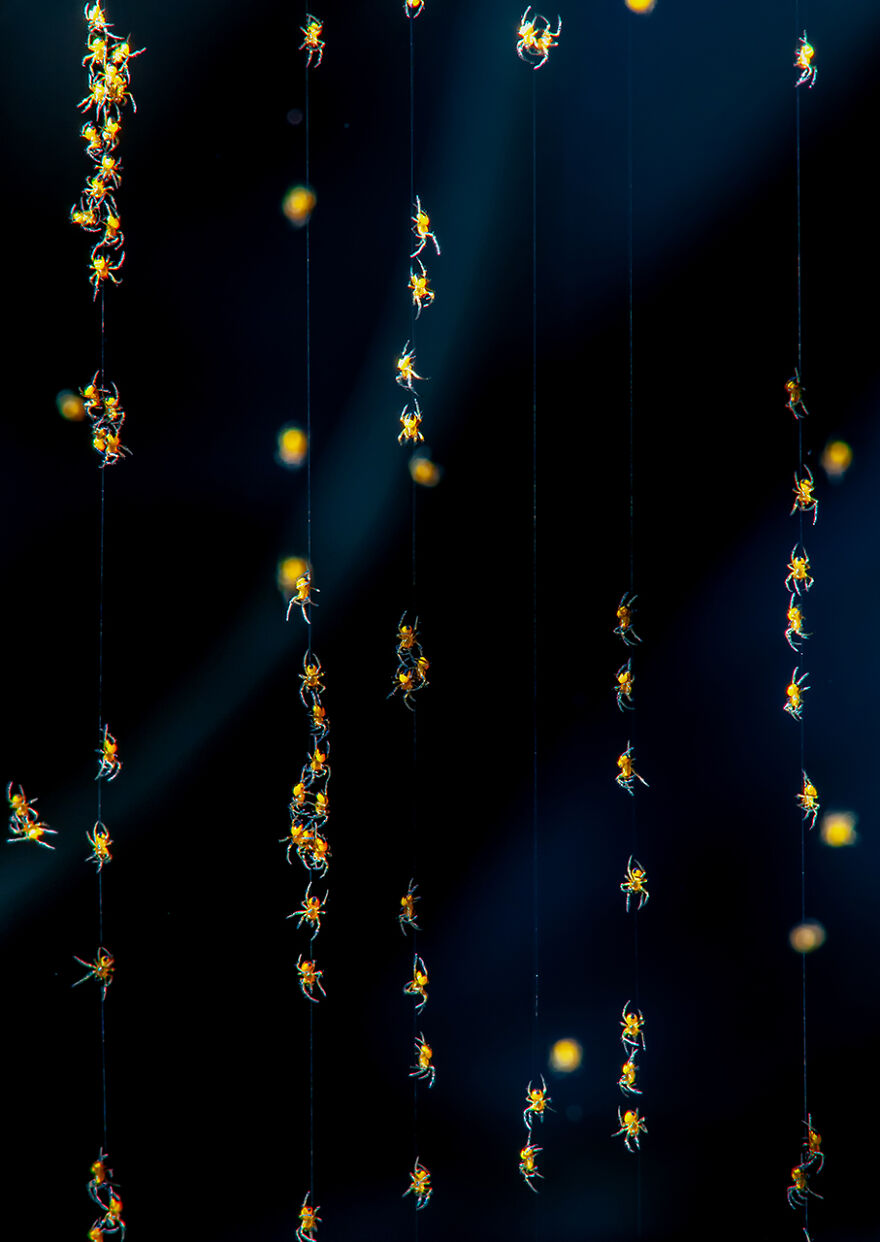
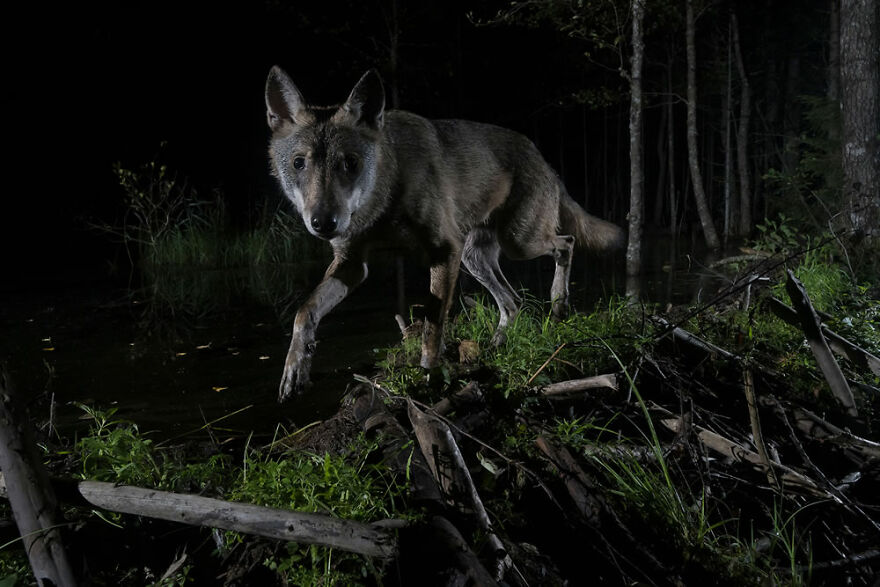
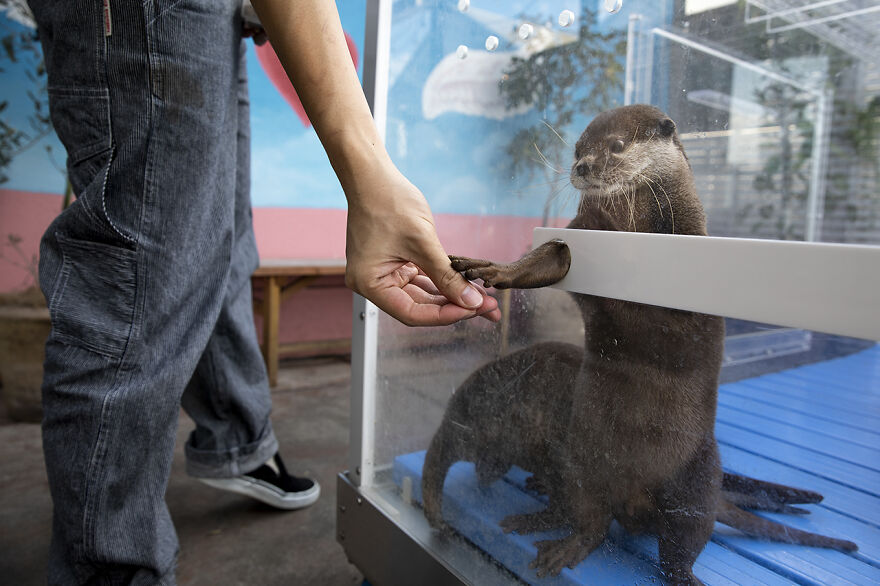
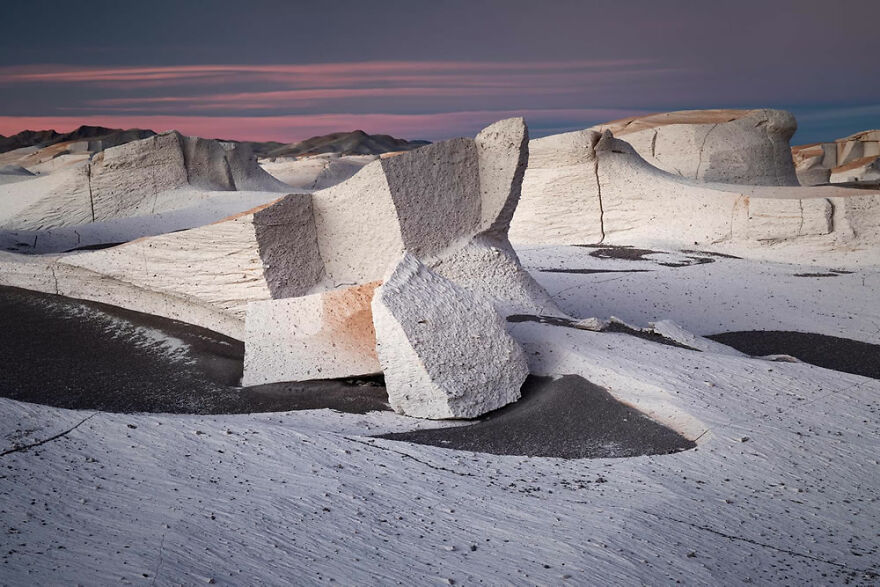
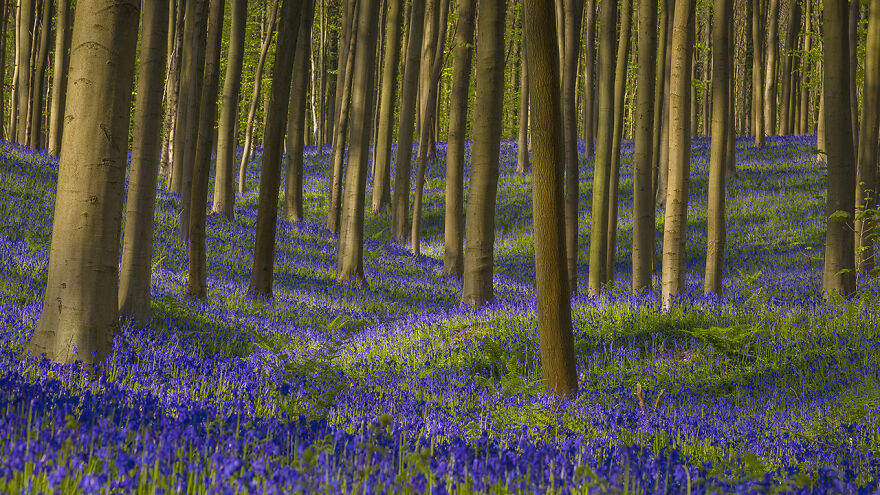
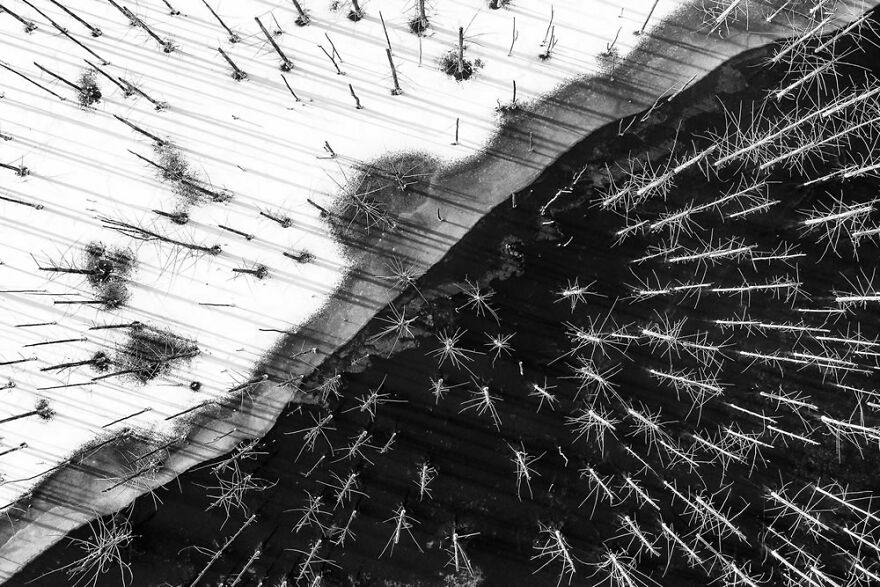
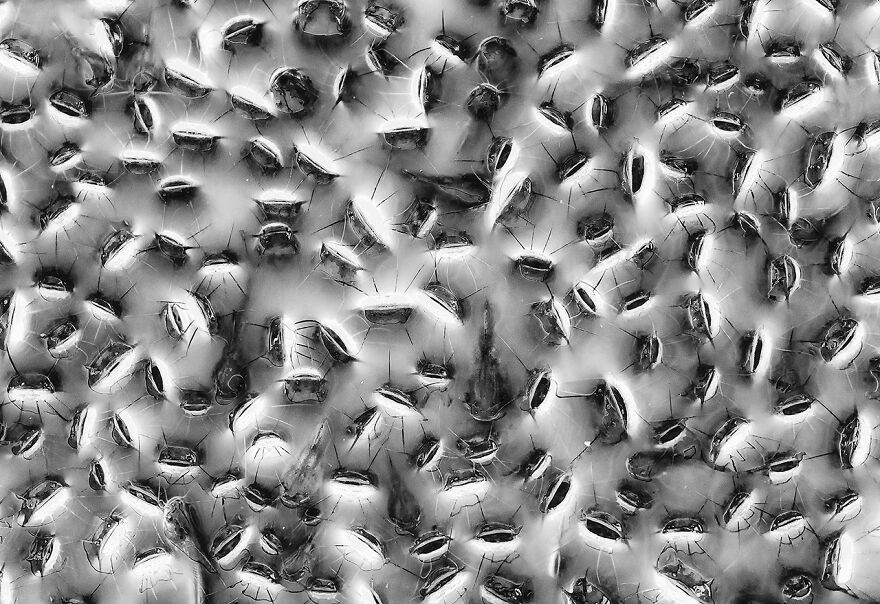
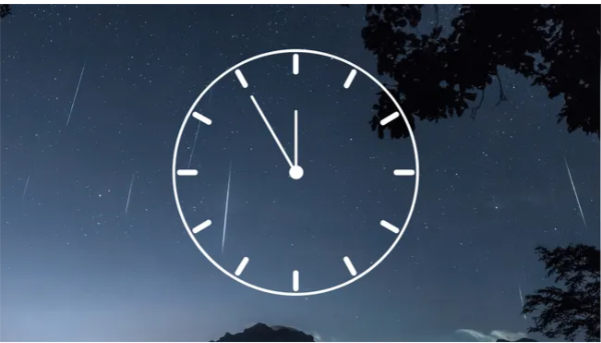
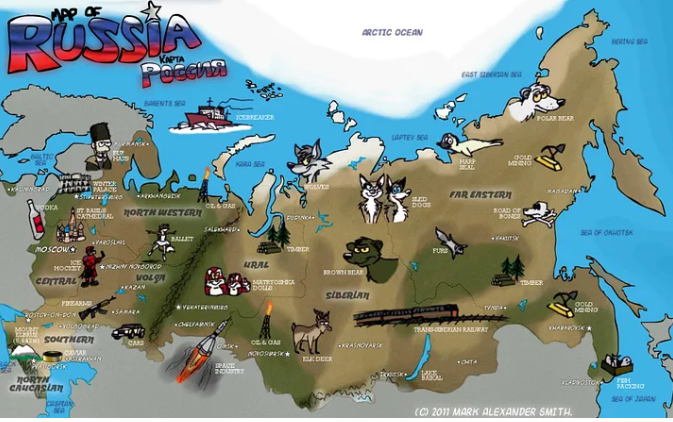
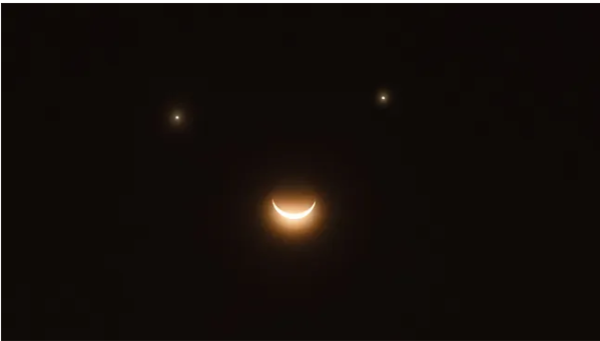
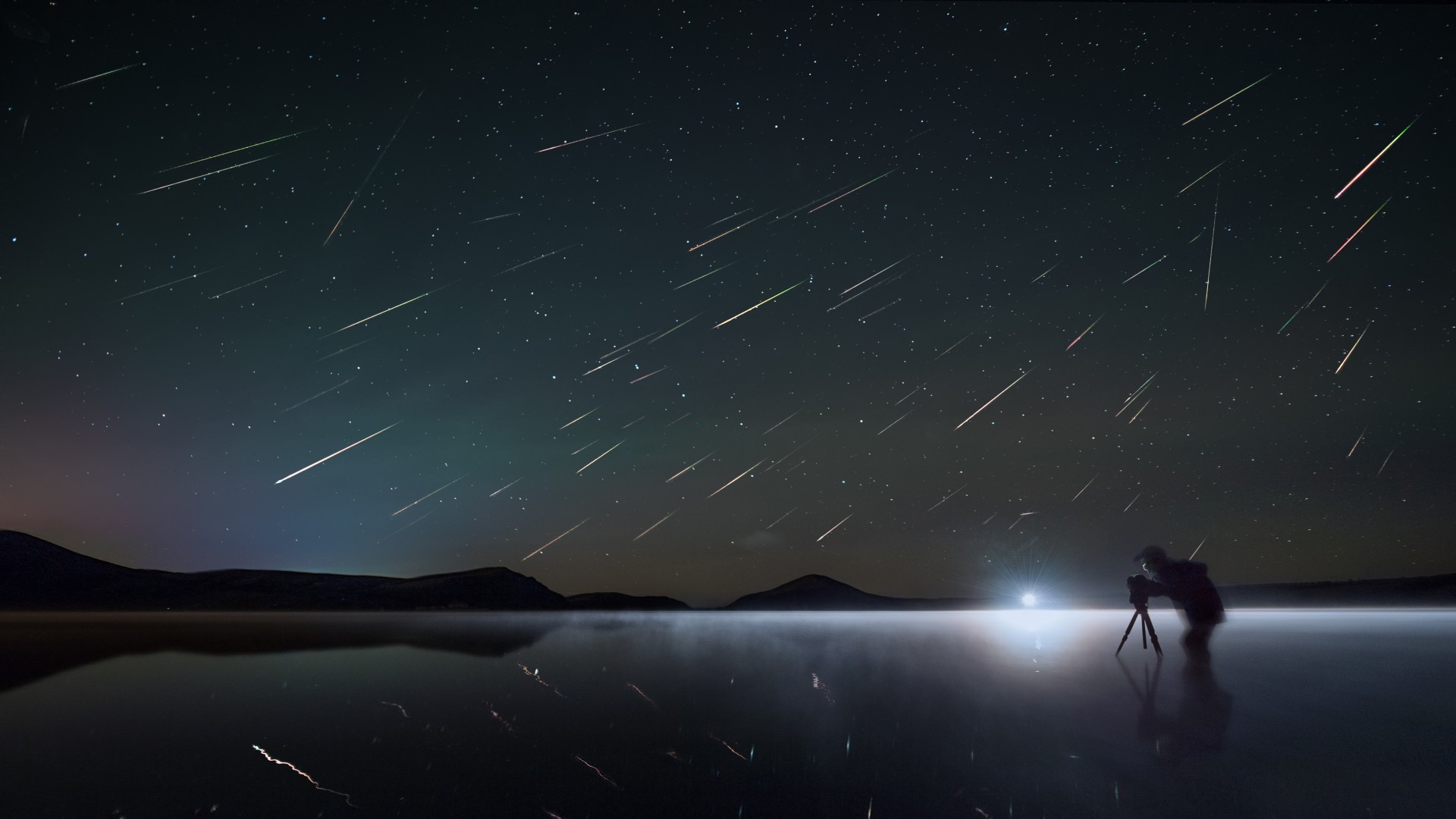
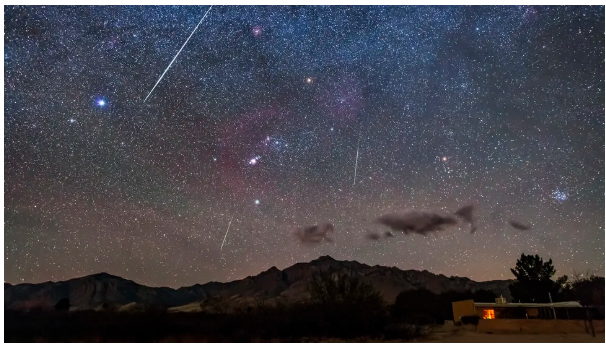
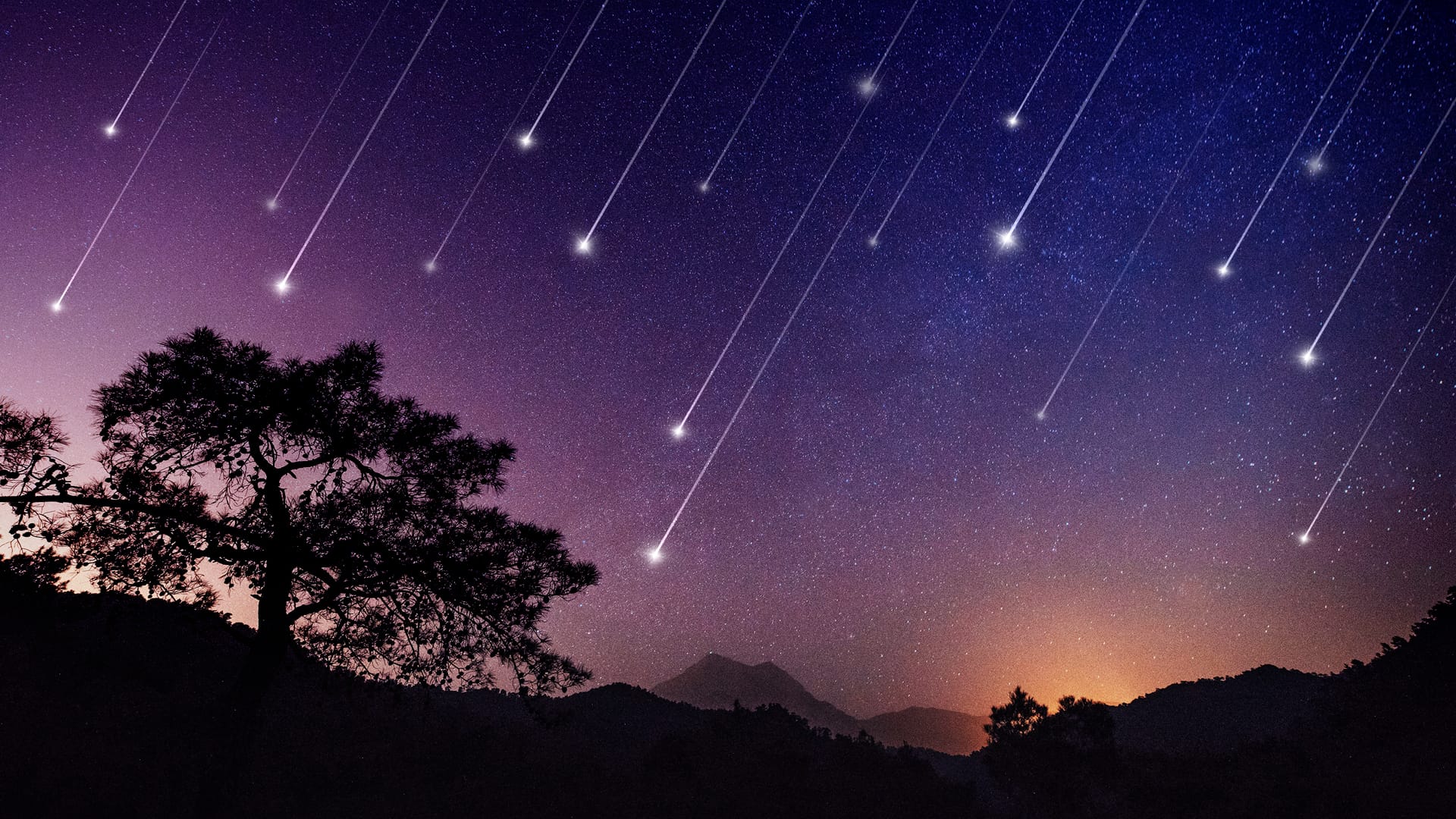
 Photographer Finds Locations Of 1960s Postcards To See How They Look Today, And The Difference Is Unbelievable
Photographer Finds Locations Of 1960s Postcards To See How They Look Today, And The Difference Is Unbelievable  Hij zet 3 IKEA kastjes tegen elkaar aan en maakt dit voor zijn vrouw…Wat een gaaf resultaat!!
Hij zet 3 IKEA kastjes tegen elkaar aan en maakt dit voor zijn vrouw…Wat een gaaf resultaat!!  Scientists Discover 512-Year-Old Shark, Which Would Be The Oldest Living Vertebrate On The Planet
Scientists Discover 512-Year-Old Shark, Which Would Be The Oldest Living Vertebrate On The Planet  Hus til salg er kun 22 kvadratmeter – men vent til du ser det indvendigt
Hus til salg er kun 22 kvadratmeter – men vent til du ser det indvendigt  Superknepet – så blir snuskiga ugnsformen som ny igen!
Superknepet – så blir snuskiga ugnsformen som ny igen!  Meteorite That Recently Fell in Somalia Turns Out to Contain Two Minerals Never Before Seen on Earth
Meteorite That Recently Fell in Somalia Turns Out to Contain Two Minerals Never Before Seen on Earth  Nearly Frozen Waves Captured On Camera By Nantucket Photographer
Nearly Frozen Waves Captured On Camera By Nantucket Photographer  It’s Official: Astronomers Have Discovered another Earth
It’s Official: Astronomers Have Discovered another Earth 